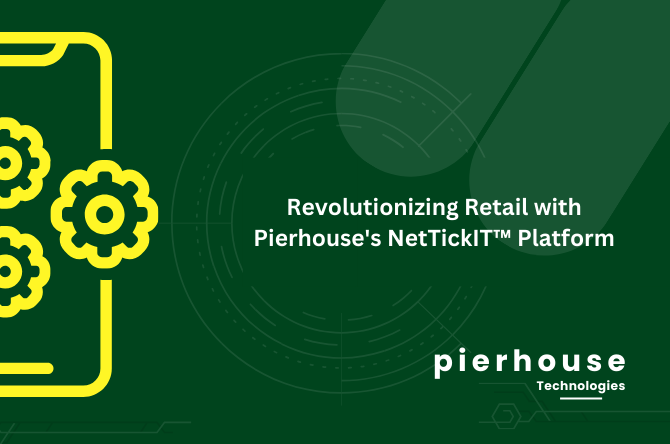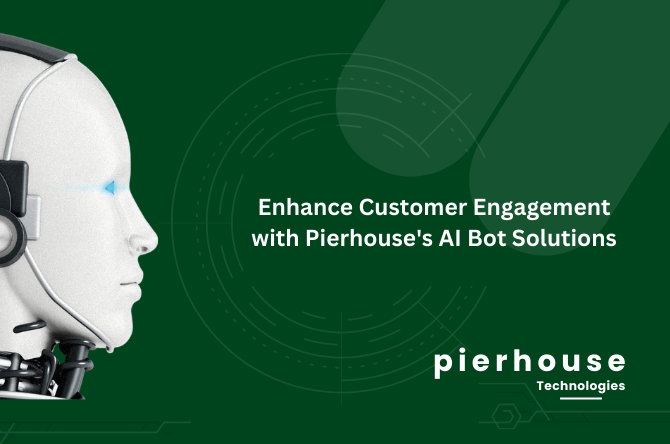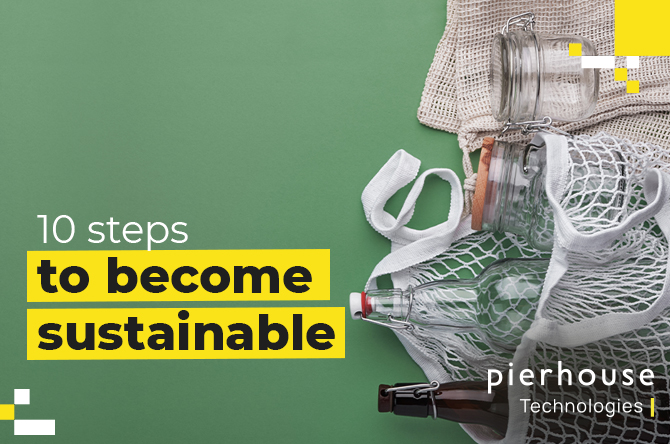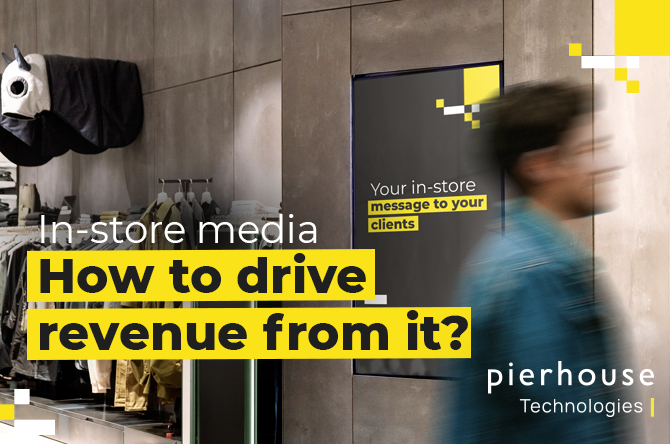In today’s retail environment, retailers are constantly looking for ways to improve their bottom line and stay competitive. One area where you can make a significant impact is through the use of shelf labels. In recent years, electronic shelf labels (ESLs) have become increasingly popular as a way to improve in-store operations and enhance the customer experience. However, many retailers are now realizing that a combination of paper and electronic shelf labels is the future of retail.
Benefits of ESL
One of the main benefits of ESLs is their ability to provide real-time data on product availability, pricing, and promotions. This can help you to ensure that your shelves are always fully stocked and that products are priced competitively. Additionally, electronic shelf labels can be easily updated and controlled remotely with the use of NetTickIT Platform, which can save time and reduce errors.

Benefits of paper shelf labels
However, paper shelf labels also have their own unique benefits. They are relatively inexpensive and can be easily printed and replaced as needed. They can be used as a backup in case of power outages or technical difficulties with electronic labels and are easy to manage by the store assistant team.
But having a mixture of paper and ESLs allows you to have the best of both worlds. Paper shelf labels can be used for products that are not frequently updated, such as seasonal items or products that are not expected to change price. ESLs can then be used for products that require constant updates, such as produce or dairy products that have a limited shelf life.

In addition, paper and ESLs can be used together in a complementary way. You can use electronic shelf labels to show real-time pricing, while paper labels can be used to show product information, such as ingredients or nutritional information.
Summary
In conclusion, a combination of paper and electronic shelf labels is the future of retail because it allows retailers to have the best of both worlds, providing real-time data and cost-effective, easy to replace labels. It also enables retailers to have a backup in case of technical difficulties, and the flexibility to use electronic or paper labels depending on the product and the need. Retailers who are looking to stay competitive and improve their bottom line should consider a mixture of paper and electronic shelf labels.
